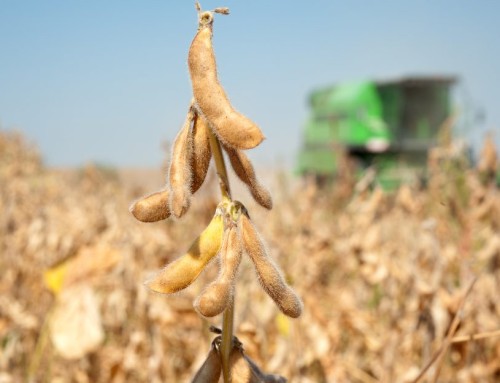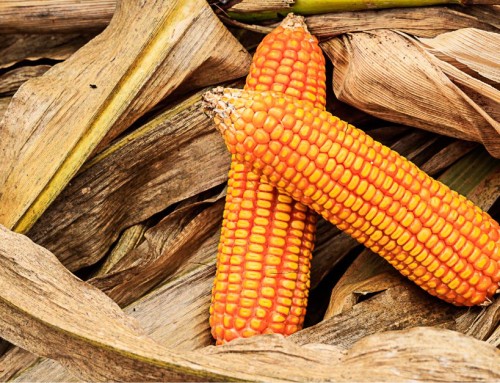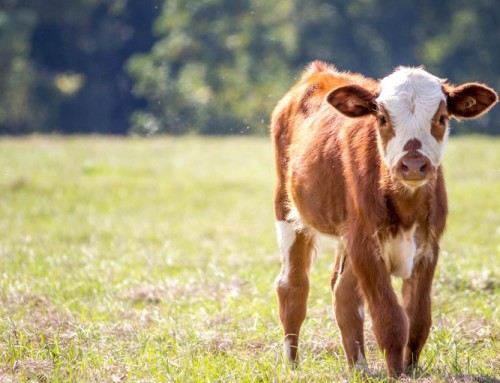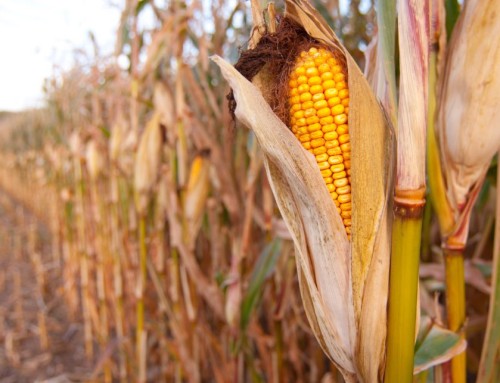Margin Protection is an attractive option to combine with your Revenue Protection policy. Most of you carry 80% or 85% Revenue Protection as your federal crop insurance. You could enhance or strengthen your coverage by combining the two. Here are a few reasons why.
Diversify your risk management strategy
Margin Protection’s Project Price discovery period is August 15 to September 14. This provides an opportunity to capture a price prior to Revenue Protection’s price, which is set in February. Having two separate discovery periods is one way to diversify your risk management strategy.
Margin Protection is based on county yields. County yields tend to be less variable on the top end. The potential for an individual farm to out grow a loss is higher than the entire county. On the flip side, an individual farm could have a low yield and the county still performs well. That’s why combining area protection and individual protection together, is another way to diversify your risk management strategy.
Shallow loss protection
Margin Protection offers coverage from 70-95% of Expected Margin. This is a great opportunity to gain top end coverage against price or yield reductions. Margin Protection also offers a protection factor (80-120%) that allows you to adjust coverage to reflect your individual yield or to dial in the premium.
Subsidized and Discounted Pricing
Margin Protection’s premium is subsidized. The farmer pays 56% of the premium at the 90% and 95% coverage levels.
The premium is also discounted when you purchase a Revenue Protection policy, because you receive the higher of the two payments. The premium discount is different for every farmer. It is based on your individual Revenue Protection Policy. In general, an 85% Revenue Protection Policy will have a larger Premium Discount than a 75% Revenue Protection Policy.
Margin Protection might be right for you to enhance or strengthen your crop insurance plan. Give me a call (641)-847-9847 to discuss how Margin Protection would work for your operation. Deadline is September 30th for the 2021 crop.







Get Social